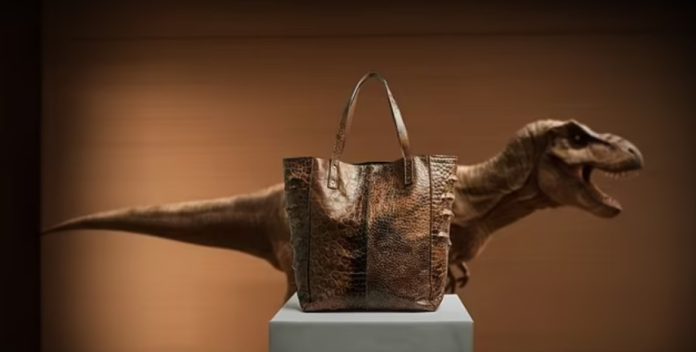Scientists are preparing for the revolution in the fashion and ecological industry. In the near future, handbags, jackets and other leather accessories may appear on the market ... Tyrannosaurus. This will be possible due to the advanced achievement in the field of genomic engineering and fabric engineering.
The project that combined these technologies is based on a fragment of collagen from the fossilized tyrannosaurus found in 1988 in Montana. This fragment is the most complete model that even contains dinosaur proteins. Based on this fragment, scientists intend to reproduce the full collagen of the tyrannosaurus, and then grow the skin from it in the laboratory. The Newcastle project is a joint development of The Organoid Company, Lab-Grown Leather Ltd and VML creative agency. Scientists say that after reproduction of collagen, it is integrated into skin cells, creating a material that will resemble the skin of tyrannosaurus in their properties. "This is a prime example of how advanced genetic engineering methods can be used to create new materials inspired by prehistoric biology," said Thomas Mitchell. "Reconstructing ancient protein sequences, we can create a biomaterial that can significantly change the fashion industry in the future." One of the main advantages of this technology is its environmental friendliness. Traditional skin production has a significant impact on the environment: deforestation, contamination through chemicals, such as chromium, and animal cruelty. The technology of skin creation from prehistoric DNA will help to solve these problems, significantly reducing the harm to the environment.
The first products that will be made of tyrannosaurus skin are gorgeous accessories such as bags. The project hopes to launch production by the end of 2025. If everything is planned, new skin can be used in other industries, for example, in the production of automobile seats.


